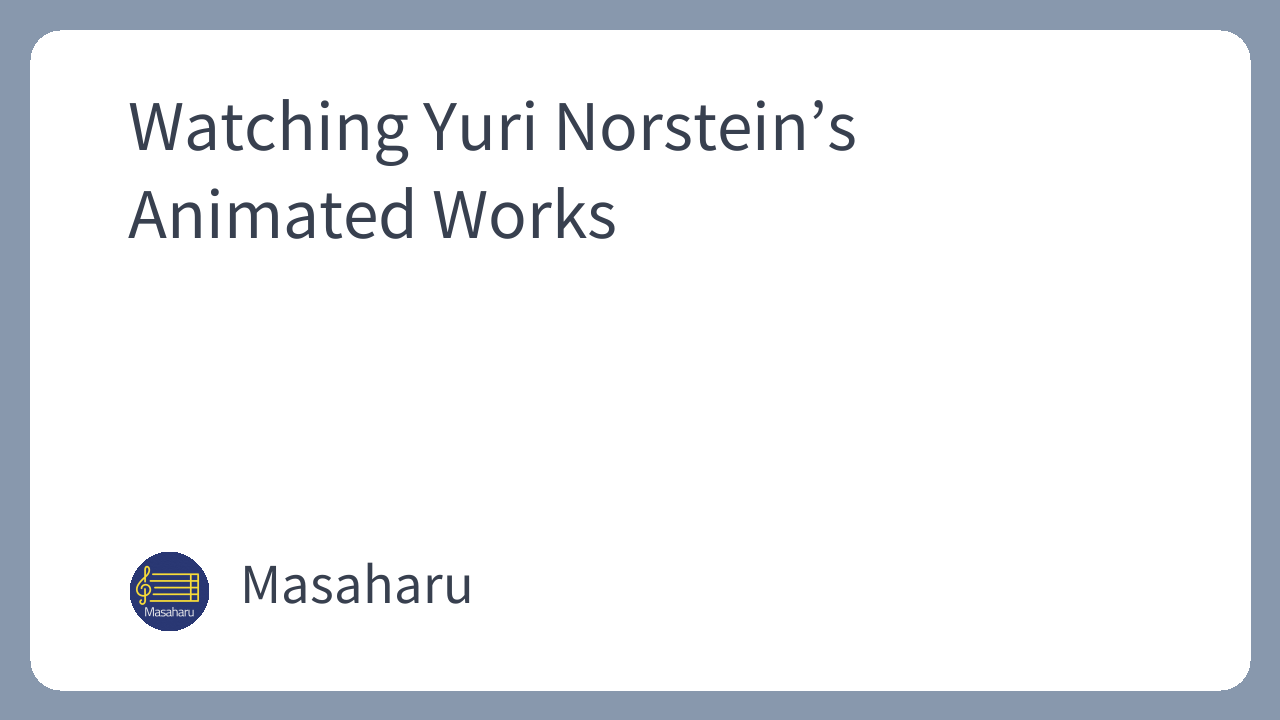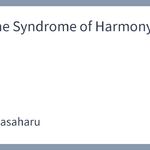(Original posted on November 16, 2008)
Yuri Norstein is an animation artist deeply respected by numerous artists for the depth and delicacy of his poetic animated world, as seen in works like “Hedgehog in the Fog” and “Tale of Tales.”
Link Official Website: “Yuri Norstein’s Work”
Recently, I had the opportunity to watch a collection of his works, and along with a simple sense of wonder, it made me reflect on my own music production.
Norstein’s works are made using a technique of stop-motion animation, moving hand-drawn original pictures frame by frame. This incredibly time-consuming and vast amount of work is reportedly done by just three people, including his wife and assistant.
Unlike the massive productions of Disney or Miyazaki anime, these works are created with a very private production style. From works where the creator’s personal thoughts permeate every corner, there emanates a unique and strong aroma that can only be experienced there.
However, far from being intensely idiosyncratic and self-indulgent, as evidenced by his passionate fans around the world, his works possess an intensity of emotion that transcends cultures.
As it’s said, “A great work decisively changes something in the viewer before and after experiencing it,” I feel a similar power in Norstein’s animations.
Perhaps it’s an exaggeration, but I believe it’s no overstatement to say that it’s an example of how personal inquiries and expressions can connect to something universal.
His ongoing production of The Overcoat, based on Gogol’s work, has already taken over 20 years, and it’s said that about half of it is still unfinished. His perseverance and dedication are astonishing.
Norstein has stated, “I have a rough concept for The Overcoat, but I don’t know how the work will change from here,” and has also made remarks to the effect of, “I learn a lot from the production process itself while making the work.”
Rather than faithfully shaping the work to a finished image in hand, I deeply resonate with the way of production where the dialogue between the work in progress and the creator nurtures the work.
It could be said that this method of creating everything is possible precisely because of private production. And I think there’s a trigger there to reflect on my own music production style.
Needless to say, there are many things in the world of expression that are difficult to achieve alone, things that can only be achieved through collaboration with many people.
However, I’m reminded that there’s also a world in the realm of expression that can be opened by deepening things alone, by continuing to dialogue with the work in front of you.
The digital editing environment centered on DAW (Digital Audio Workstation) in music production has greatly expanded the means to express not only the royal road of “collaborative musical expression” but also individual musical imagination.
I intend to continue private production, befriending this digital editing environment—a “child of the times,” a technological advancement of the 20th century, and also a “black sheep of music” due to its non-real-time (non-linear) nature—as one of the styles that can reflect the creator’s personal imagination and poetry with high density.
I cannot yet aspire to Norstein’s heights, but I want to aim for my own heights, with his production journey and attitude as a spiritual support.


